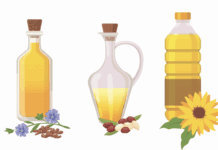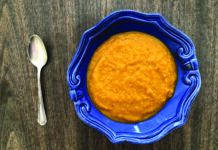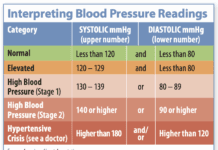Wine drinkers may be less likely to develop osteoarthritis of the knee, while drinking beer is associated with greater risk of osteoarthritis in both the knee and hip. Writing in Arthritis Research & Therapy, British researchers reported those findings from an analysis of nearly 3,000 participants in the Genetics of OA and Lifestyle study.
But don’t change your drinking preferences based on this study alone. “The interpretation of these observations is complicated by the relatively weak nature of evidence from the retrospective case-control study design used by the study’s authors along with the lack of supporting evidence in the literature for this relationship,” says Paul F. Jacques, DSc, director of Tufts’ HNRCA Nutritional Epidemiology Program.
KNEE AND HIP: After initially failing to identify a link between total alcohol consumption and risk of osteoarthritis (OA, the most common form), researchers broke down the data by type of drink. Compared with those who never drank wine, people who consumed four to six glasses per week were at 45% lower risk of knee OA; those drinking seven or more glasses of wine weekly were at 52% lower risk. No association was seen between wine drinking and hip OA.
Beer consumption was linked to greater risk of both knee and hip OA. Drinking 8-19 half-pints (eight ounces each) of beer weekly was associated with a 76% greater risk of knee OA and 49% higher risk of hip OA, rising to 93% and 115%, respectively, with 20 or more half-pints a week.
Consuming spirits was not linked to knee OA risk, but was associated with lower incidence of hip OA: 37% for four to seven drinks a week and 47% for eight or more.
NOT THE ALCOHOL: The results suggest “alcohol itself is not necessarily the factor that influences risk of OA,” researchers noted. Wine may reduce OA risk by beneficial antioxidant activity and favorable modification of intestinal bacteria, they speculated. Beer has been linked with higher blood levels of uric acid, which seems to contribute to OA, and those with “beer bellies” are at added risk because of excess weight.






















